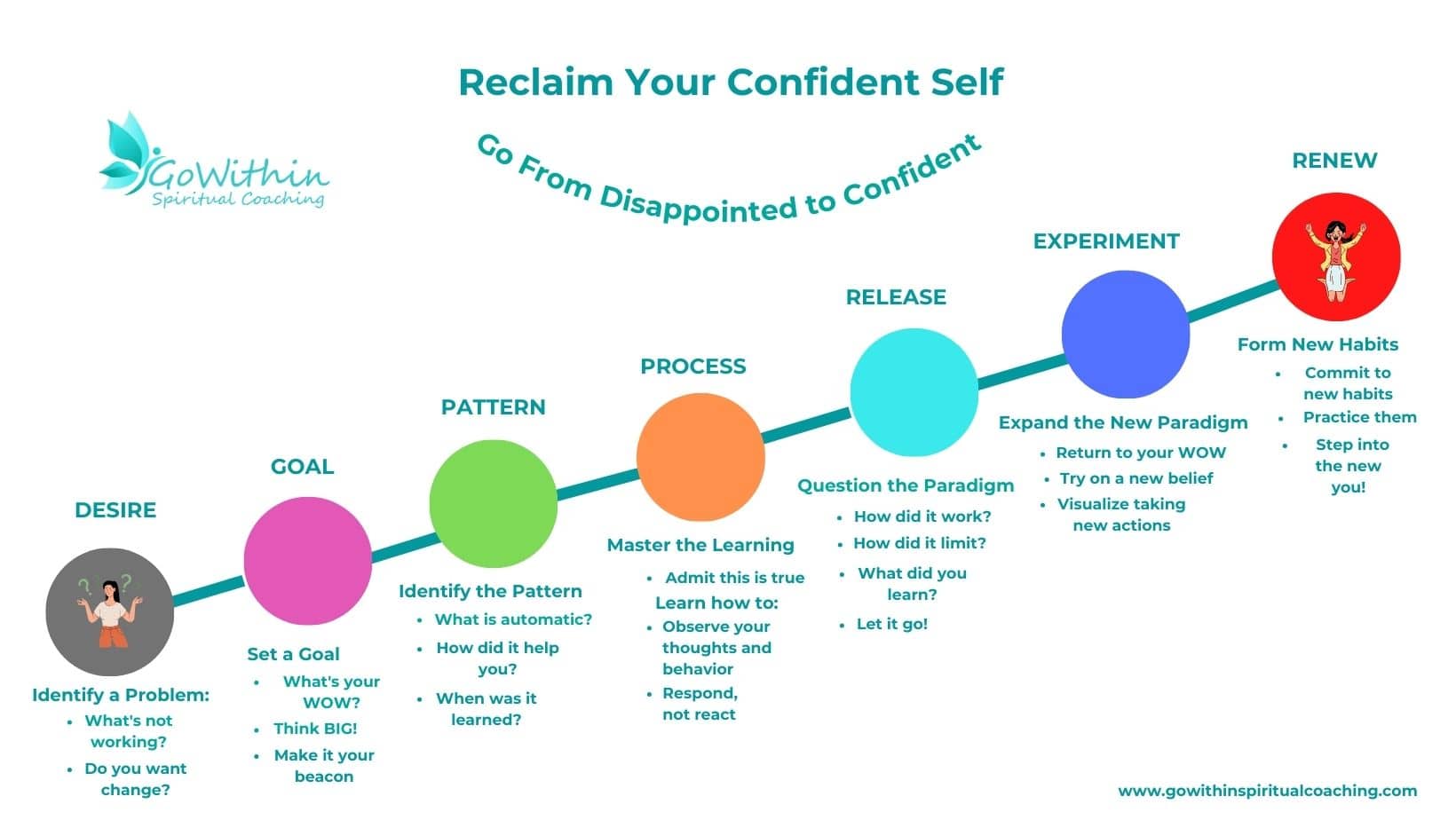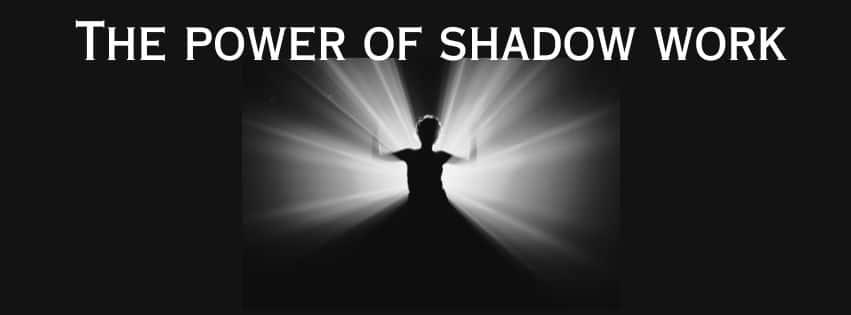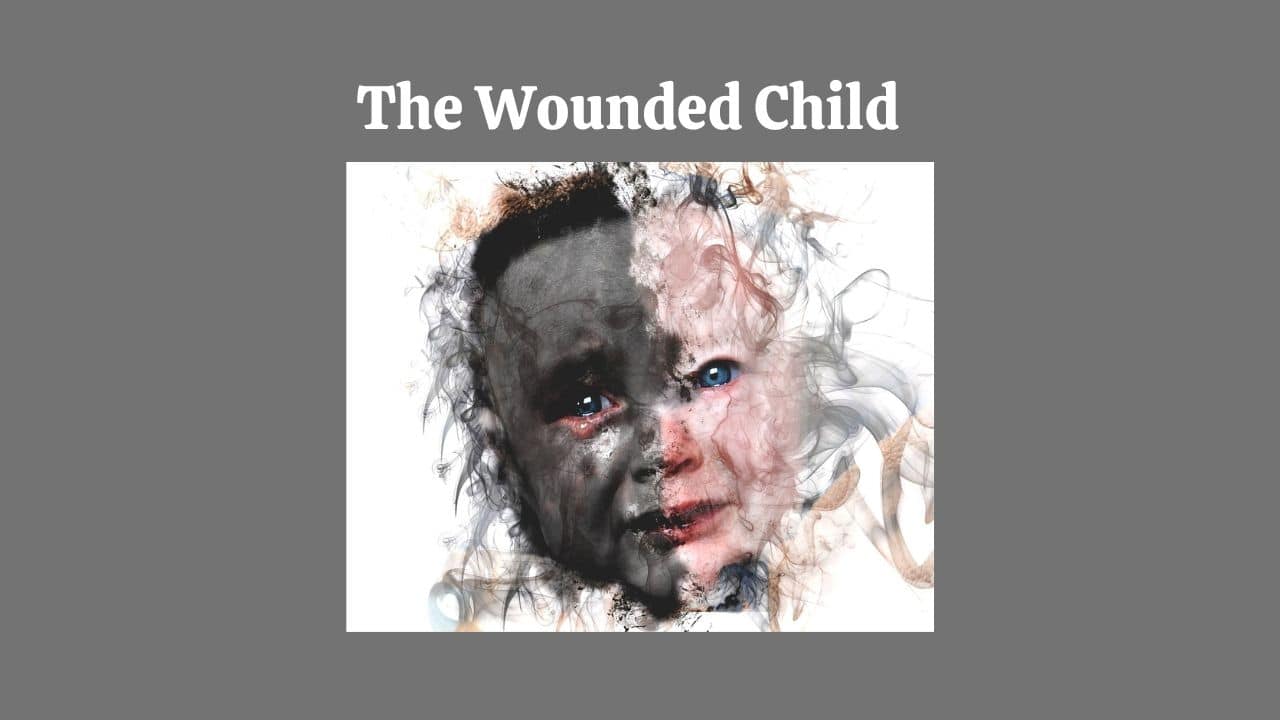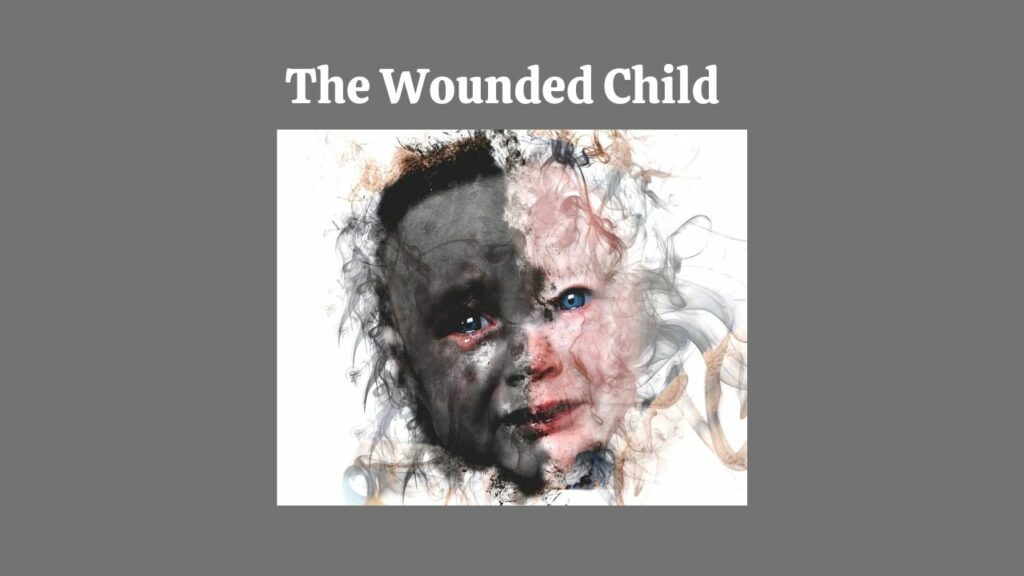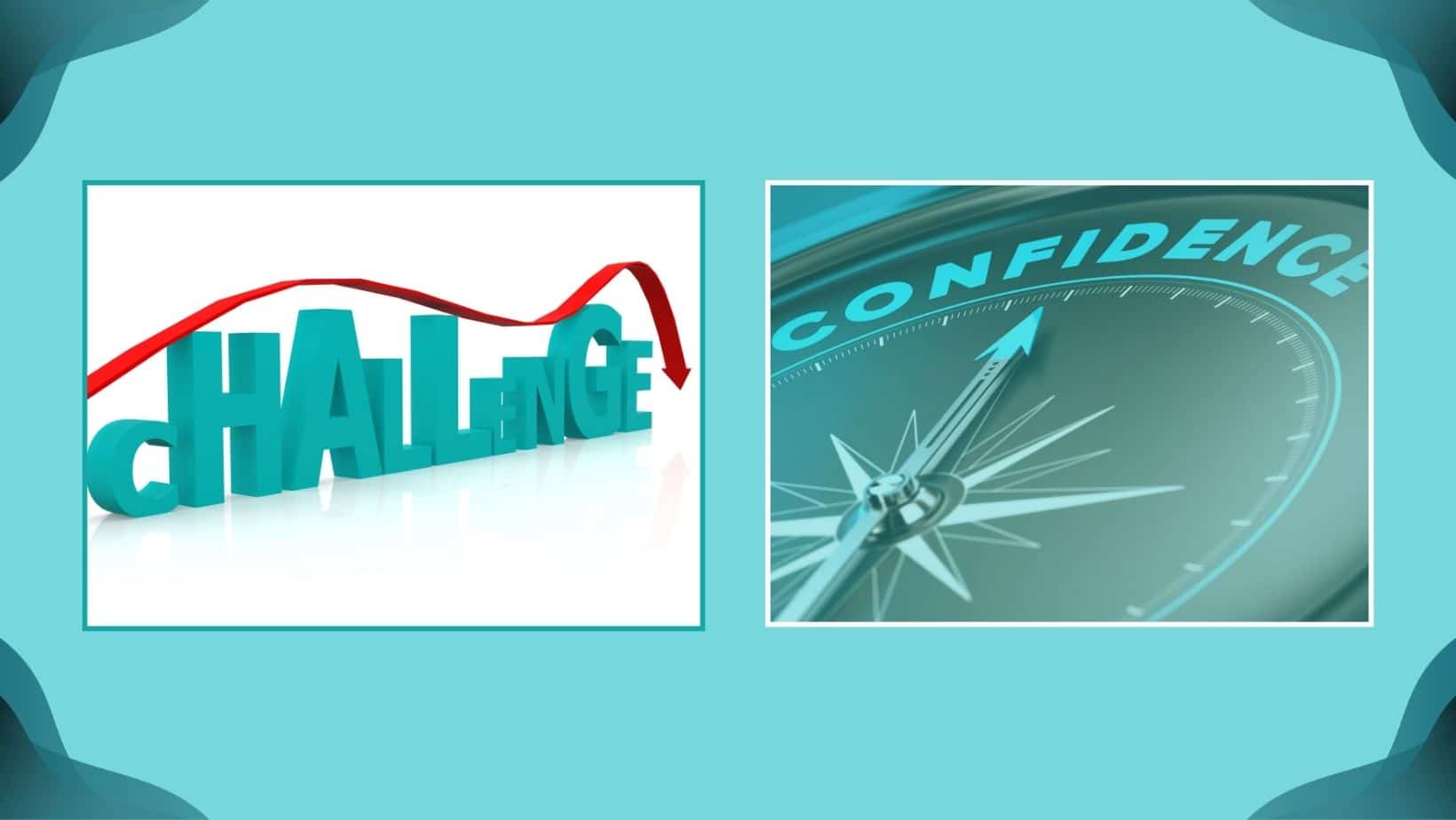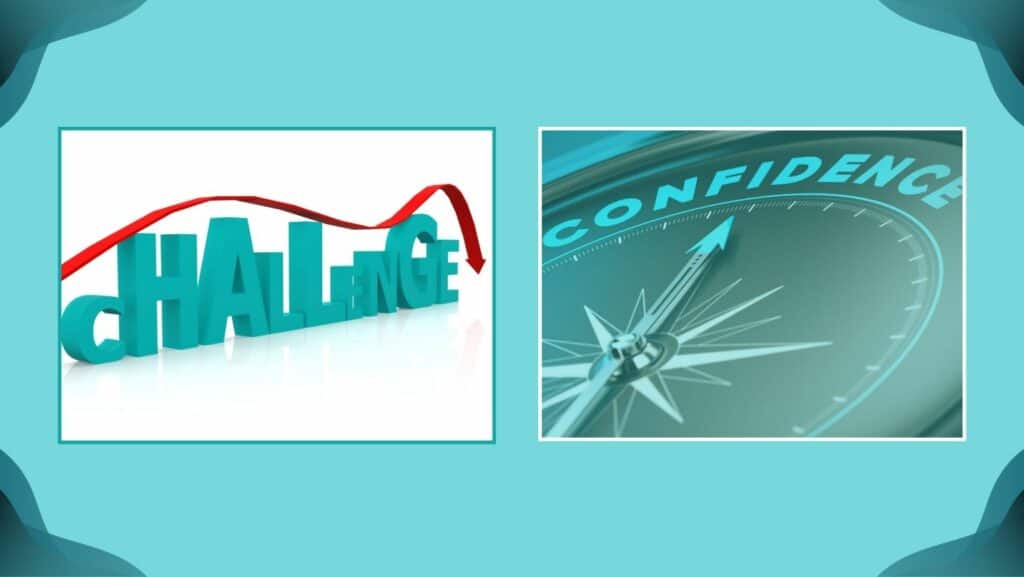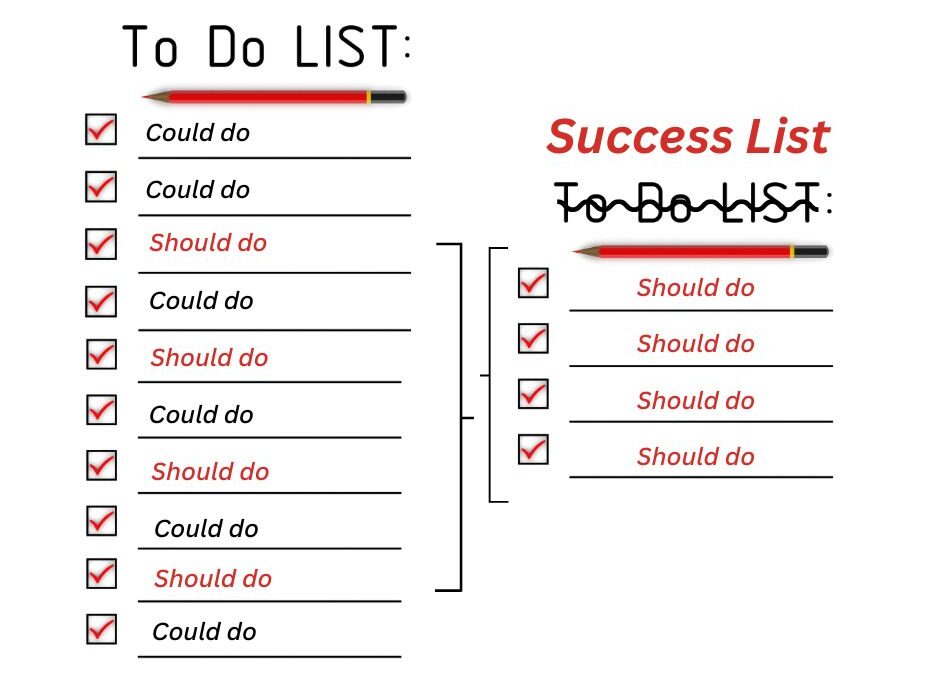
From To-Do to Success
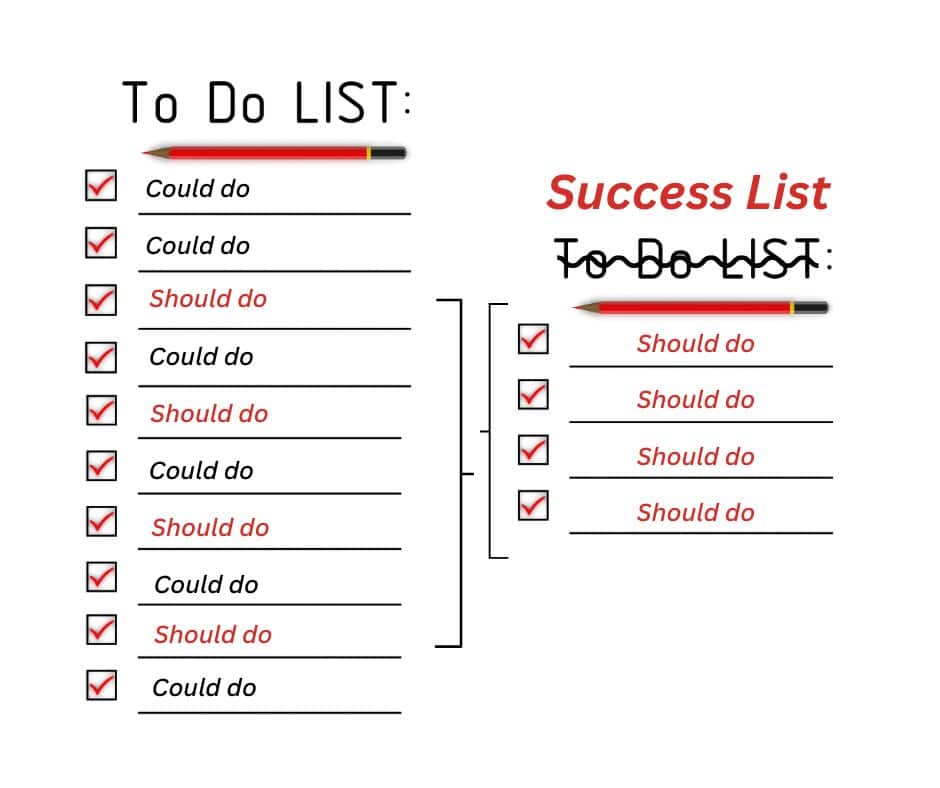
From To-Do to Success: Harnessing Pareto’s Principle for Real Achievement
Feeling overwhelmed by an ever-growing to-do list is all too common, yet many of us struggle to make substantial progress in our personal and professional lives. This challenge prompted me to seek a more practical approach to managing my tasks, leading me to discover a game-changing strategy outlined in Gary Keller’s influential book, “The ONE Thing.” By applying Pareto’s 80/20 Principle, I’ve transformed my everyday to-dos into a streamlined Success List, focusing on actions that significantly drive my goals, particularly in developing my podcast, “From the Shadow to the Light,” based on my memoir, “Struck by Lightning: My Journey from the Shadow to the Light.”

Embrace the 80/20 Rule
The Pareto Principle posits that 80% of our results come from just 20% of our efforts. This insight suggests that if we can identify and prioritize the most substantial impact efforts, we can optimize our productivity and achieve more with less.
Crafting Your Success List
To apply this principle effectively, start by dividing your tasks into “Coulds” and “Shoulds.” “Coulds” are tasks that are nice to accomplish but not essential. “Shoulds” are those critical tasks that will have a meaningful impact on your success. Migrate your “Shoulds” to your Success List. This focused list should only include activities that align closely with your overarching goals and have the potential to produce significant outcomes.
Focusing on The ONE Thing
From your Success List, identify the ONE thing that, once completed, will make other tasks easier or even unnecessary. It meant dedicating myself to my podcast, “From the Shadow to the Light,” which is a pivotal extension of the themes and personal transformations I explore in my memoir. Each episode delves deep into the chapters of my life, offering listeners insights and reflections on overcoming adversity and finding personal enlightenment.
Invest Intensively in Your Key Task
Once you’ve identified your ONE thing, commit to investing 80% of your time and resources towards this endeavor. This concentrated effort ensures that your primary objective receives the attention it deserves, substantially increasing your chances of success.
Extend Your Impact
Alongside reshaping my workflow, I initiated a free e-book giveaway to engage with you, my audience, on a deeper level. My intention is to foster a safe community for healing. It opens the door for meaningful interactions and potential collaborations, such as interviews with individuals, such as yourself, who resonate with my work and message.
Turning your to-do list into a Success List is more than simply reorganizing tasks—it’s a strategic overhaul prioritizing your most impactful actions. By applying the 80/20 rule and focusing on The ONE Thing, you can transform how you approach work and life, leading to more significant achievements and a more straightforward path to success.
If you’re inspired by these ideas or connect with the journey I describe in my book, “Struck by Lightning: My Journey from the Shadow to the Light,” I invite you to schedule a Virtual Coffee Chat. Whether it’s exploring potential interviews for my podcast or discussing ways we can collaborate, I’m eager to hear how my story and strategies resonate with you.
Embrace this refined approach to productivity and start your journey from the shadow to the light, where you become empowered to step into your confidence and have peace of mind. You can ask me about creating your personal 7-Step Path to Success on the Coffee Chat or set up a complimentary one-hour Discovery Call, where together, we will design one for you.
